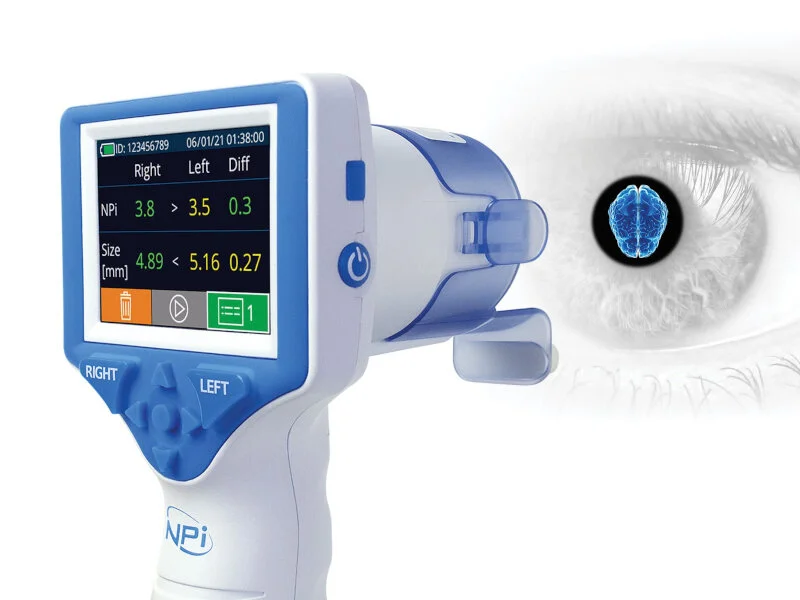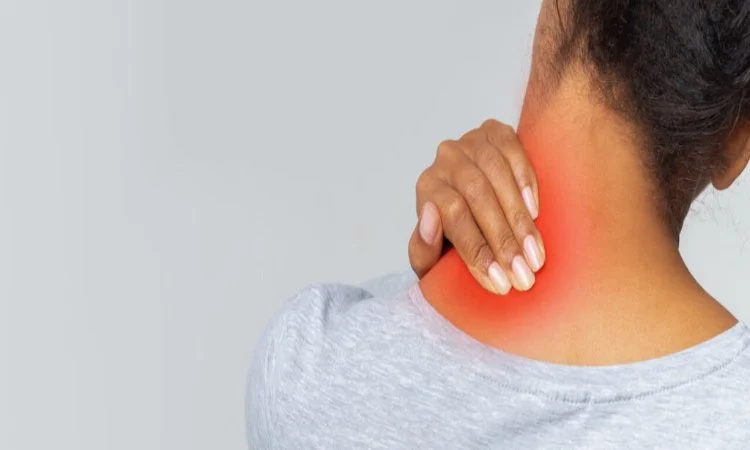The Art and Science of Pupil Measurement in Neurological Research

Neurocritical patients need to go through multiple tests primarily to find the issues they are suffering from. This has been the norm for years, and that also claimed several lives by delayed treatments. This can be altered with modern NPi Pupillometry, which measures even the smallest changes in pupillary movements. The advanced mechanism helps figure out the potential risks associated with trauma to the brain, as well as heart ailment and other risks that may affect life expectancy on average.
A pupil exam through an NPi-200 Pupillometry device can effectively detect the issues that may affect neurological functions. This has been observed that pupil dilatation occurs due to several factors other than abundance or lack of light. For pupil measurement, it has been observed that pupils react according to the ambiance of an area. That is why it is now important to consider advanced mechanisms rather than following manual pupil testing methods.
Pupillometry and Neurocritical Care
Pupillometry in the modern day is not limited to optic problems. The relation of ophthalmic problems with neurological issues has opened gates for understanding neurological issues through observing the dilation percent change in pupil size. The size of the pupil changes for traumatic injuries, hypertension in the cranial nerves, and similar factors.
The pupil exam shows that pupil responses are partly reflexive, as the same stimulus-response leads to almost the same response all the time. Based on that, it can be observed when the responses get slower or delayed. Any issues of heart ailment like a stroke or ischemic attack can be decoded through pupil measurement, as they tend to slow down average pupillary responses. In 2020, AHA or American Heart Association guidelines have included automated pupillometry and the NPi as a standard procedure for tests.
Compared to manual pupil measurement, pupillometry provides a more precise and objective evaluation, detecting two-thirds of non-reactive pupils, and identifying half of anisocoria cases that often go unnoticed by practitioners. Moreover, there is a notable lack of agreement between the pupillometry and subjective assessment of pupil parameters, revealing 18% discordance in Pupillary Light Reflex (PLR) and 39% discordance in measurements involving small pupils (diameter < 2 mm).
Health Issues Detected by Pupillometry
The eye is considered a crucial window of the brain in critical care and emergency medicine. Neurological treatment is the basic need of patients critically ill or with neurological injuries, but at the time of a neuro assessment, when the pupils are closely examined, the medical staff gets to know about the real condition of the patients. Movements of pupils are closely related to the amount of trauma someone has been through after a neurological illness.
Cardiac factors, acute kidney diseases or kidney failure, and brain hemorrhage can vividly change the pupillary responses. NPi Pupillometers during neurological examinations can detect the exact amount of pupillary dilation in response to light and provide 168 pairs of images for comparison.
Why Use a Pupillometer?
The NPi-200 Pupillometer has reportedly changed the outcomes for cardiac patients, where their treatments have become more life-saving than before. There are several cases where cardiac issues commonly attack people without any prominent hint, and therefore the treatment gets delayed. However, the inclusion of a pupillometer has proved that cardiac issues also affect the dilation of pupils, which can be detected and accurately used as the signs of cardiac attacks. Similarly, for its beneficial aspects for neurological treatment, the pupillometer has been considered vital alongside neurological tools.
The non-invasive pupillometer can effectively catch the changes in pupils at three seconds of light and can provide about 90 images of the pupil during that time. It can also provide other metrics based on the percent change in pupil size while measuring it.
One case study published in recent years from a hospital in Cambridge Biomedical Campus had the title “Saved by the Pupillometer!” illustrated the value of the machine in saving lives. Here a case has been documented where a pupil exam led to a crucial decision for an operation that contributed to safely recovery of a patient with Subdural Hematoma.
NPi pupillometer can help detect cerebral edema, neurological decompensation, as well as chances of cardiac arrests. In short, it has now become a tool for identifying life-threatening factors to start treatment for saving lives.

Why Smart Startups Choose Custom AI Business Solutions Today

How to Optimize Business Operations with Vending Machines in Australia

How a portable office for sale can streamline on-site operations and boost productivity

Onsite Tire Change in Ottawa : Safe Fast & Professional Tire Services

Accelerating drug discovery through the DEL-ML-CS approach

The Complete Guide to Reverse Osmosis Drinking Water System: Pure and Healthy Hydration

The Role Of Fluoride In Protecting Family Smiles Over Time









